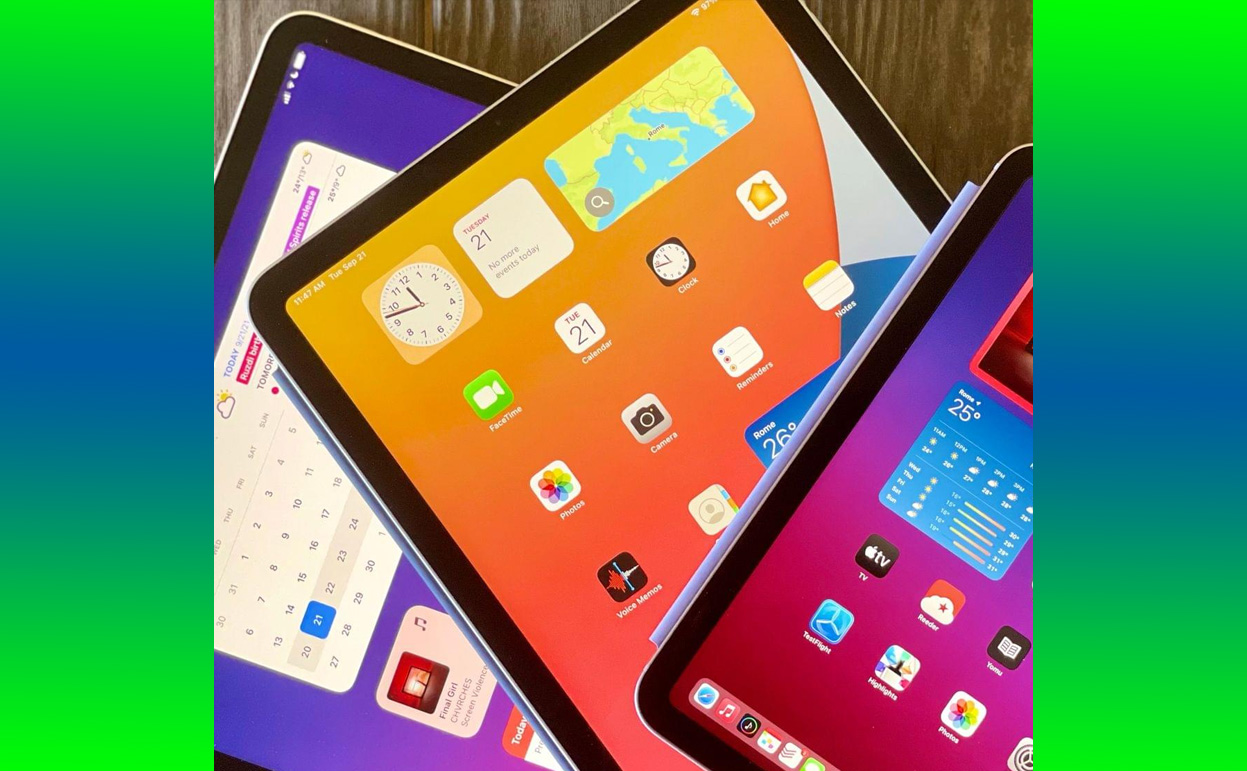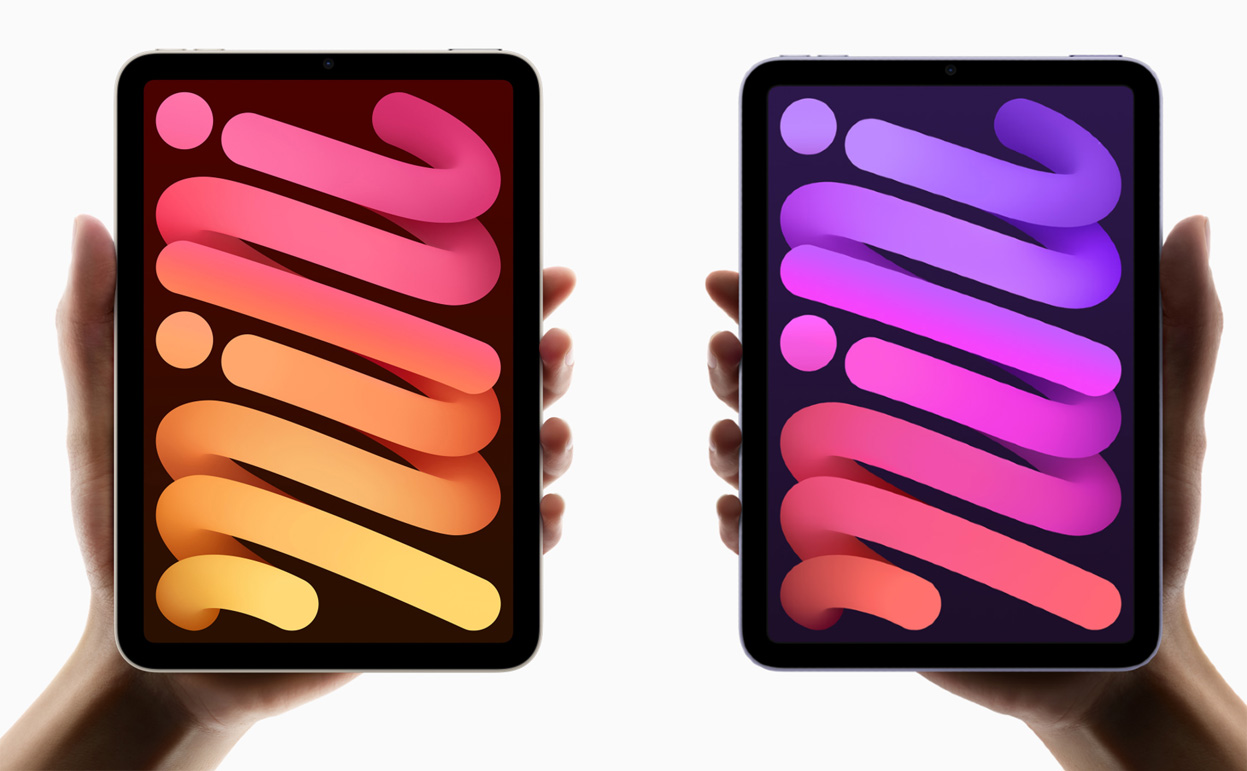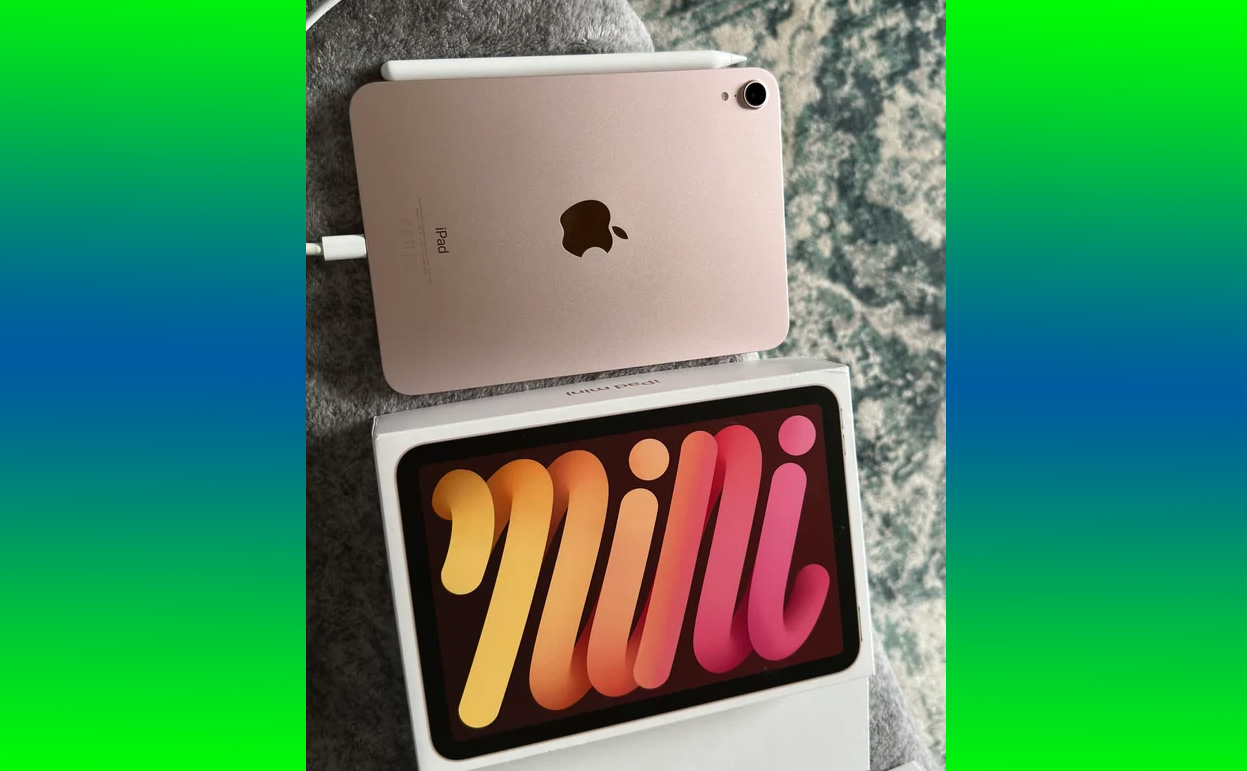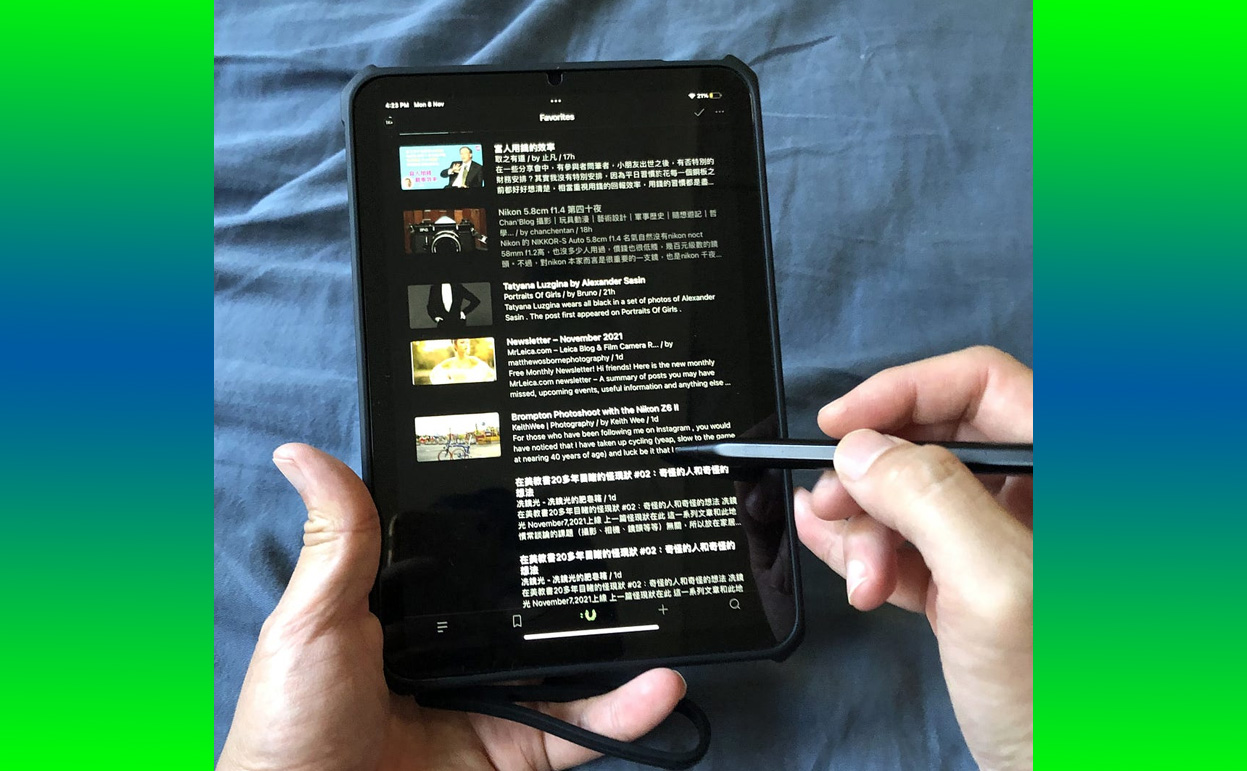In the world of tablets, the iPad Mini 6 stands out as a unique offering. It’s compact, lightweight, and packs a punch with performance. But what truly makes this pint-sized powerhouse shine is its display. While newer iPads have entered the market, the iPad Mini 6’s screen remains one of its most impressive features, blending advanced technology with a user-friendly experience.
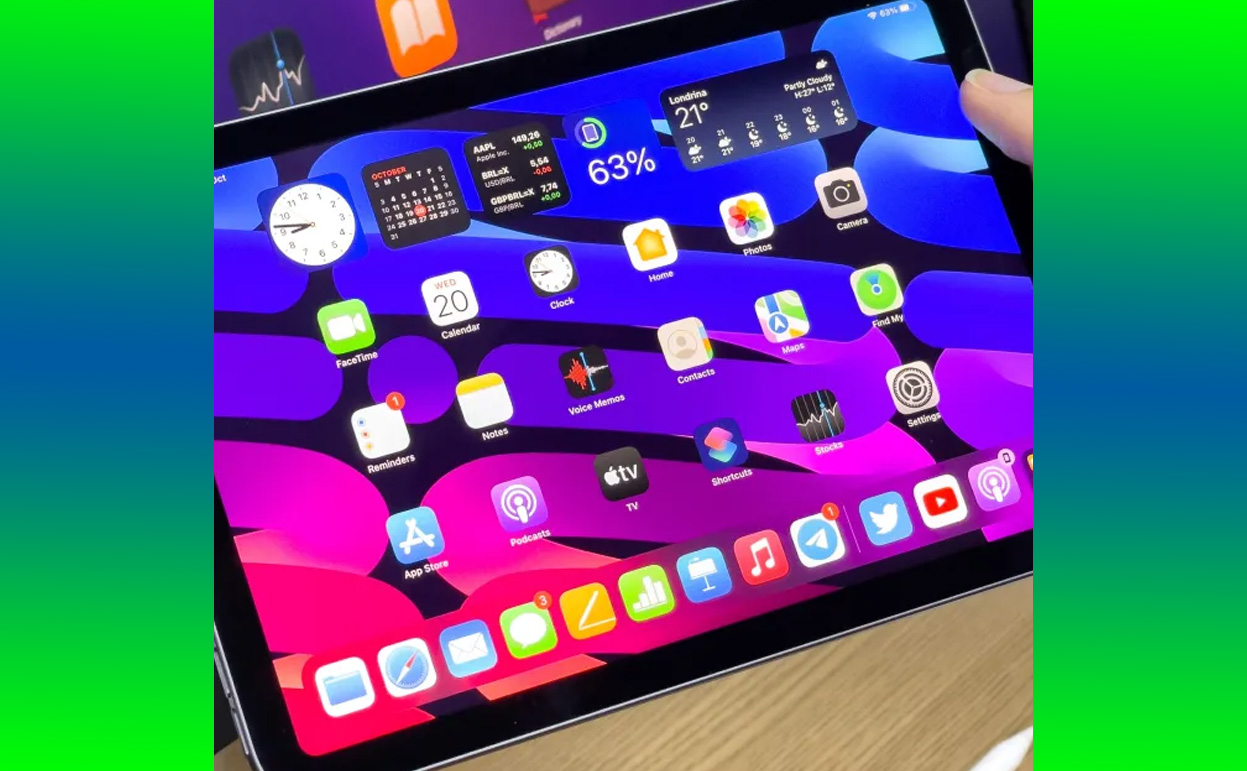
In this review, we’ll take an in-depth look at the display features of the iPad Mini 6 and why they continue to make it a great choice in 2024 for anyone seeking a compact and versatile tablet.
An Overview of the iPad Mini 6
Released in 2021, the iPad Mini 6 was a game-changer for the iPad Mini lineup. It brought a modern design overhaul with thinner bezels, a larger screen, and a more refined look. Powered by the A15 Bionic chip, it delivered exceptional performance, but the display was the star of the show.
Key features of the iPad Mini 6 include:
- 8.3-inch Liquid Retina Display
- True Tone and P3 Wide Color Gamut
- Apple Pencil (2nd Gen) support
- Ultra-portable design weighing just 0.65 pounds
While newer models like the iPad Mini 7 have been released, the display technology of the Mini 6 still holds its ground, offering a premium experience at a lower cost.
The iPad Mini 6 Display: Features That Shine
Let’s break down the key display features that make the iPad Mini 6 a standout option even today.
1. Liquid Retina Display: A Vibrant Viewing Experience
The Liquid Retina Display on the iPad Mini 6 delivers stunning visuals. At 2266 x 1488 resolution, it offers a crisp, vibrant image quality that rivals much larger tablets.
- Sharpness and Clarity: Text appears razor-sharp, making it ideal for reading eBooks, editing documents, or browsing websites.
- Color Accuracy: With the P3 Wide Color Gamut, colors are vivid and true to life, whether you’re watching a movie or viewing photos.
- Anti-Reflective Coating: The display performs well in various lighting conditions, reducing glare and making it easy to use outdoors.
For casual users and professionals alike, this screen provides a viewing experience that feels premium, even by today’s standards.
2. Compact Size, Big Impact
The iPad Mini 6’s 8.3-inch screen strikes a perfect balance between portability and functionality. Unlike larger iPads, which can feel unwieldy, the Mini 6 is compact enough to fit in one hand while still offering ample screen real estate for productivity or entertainment.
- Great for Multitasking: Split View and Slide Over work seamlessly, allowing you to run two apps side by side on a screen that doesn’t feel cramped.
- Perfect for Travel: Its small size and light weight make it an excellent companion for trips, whether you’re reading on a plane or catching up on work at a coffee shop.
This compact size makes the Mini 6 uniquely versatile, appealing to users who want both portability and functionality.
3. True Tone Technology: Easy on the Eyes
One of the most underrated features of the iPad Mini 6’s display is True Tone Technology. This adjusts the screen’s color temperature based on ambient lighting conditions, ensuring a comfortable viewing experience.
- Reading at Night: True Tone makes the display easier on your eyes in low light, reducing harsh blue light.
- Outdoor Use: In bright sunlight, the screen adapts to maintain visibility without straining your eyes.
Whether you’re binge-watching Netflix or reading an eBook, True Tone ensures the display looks great and feels natural.
4. Smooth Scrolling and Responsiveness
While the iPad Mini 6 lacks ProMotion’s 120Hz refresh rate, its 60Hz refresh rate still delivers smooth scrolling and responsive touch performance. Whether you’re navigating through apps or playing casual games, the experience feels fluid and enjoyable.
- Apple Pencil Support: The display pairs seamlessly with the 2nd Gen Apple Pencil, offering low latency and high precision for drawing or note-taking.
- Gaming: Casual and even some high-performance games look and feel great on the Mini 6’s display.
For most users, the display’s performance strikes the right balance between smoothness and energy efficiency.
5. P3 Wide Color Gamut: A Treat for Creators
The inclusion of the P3 Wide Color Gamut makes the iPad Mini 6 a fantastic tool for creators. It delivers richer, more accurate colors, which is crucial for tasks like photo editing or graphic design.
- Photo Editing: Apps like Adobe Lightroom take full advantage of the color accuracy, making the Mini 6 a portable photo editing powerhouse.
- Video Playback: Streaming content on platforms like Disney+ or YouTube is a joy, with vibrant visuals that enhance the viewing experience.
Even if you’re not a professional creator, the P3 Wide Color Gamut elevates the quality of everything you see on the screen.
6. Anti-Reflective Coating: Visibility Anywhere
Unlike many budget tablets, the iPad Mini 6 comes with an anti-reflective coating. This enhances visibility in bright environments, making it an excellent choice for outdoor use.
- Reading in Sunlight: The coating minimizes reflections, making it easier to read articles, eBooks, or notes in bright conditions.
- Work on the Go: For professionals who use the Mini 6 for work, this feature ensures a consistent experience, whether you’re indoors or outdoors.
How the iPad Mini 6 Display Compares to Newer Models
While the iPad Mini 7 offers incremental improvements, the iPad Mini 6’s display remains highly competitive. The lack of ProMotion and other advanced features may be noticeable to power users, but for the majority of casual and even professional users, the Mini 6’s display delivers more than enough quality and versatility.
Who Is the iPad Mini 6 Display Best For?
1. Students and Professionals
- The compact size and Apple Pencil support make the Mini 6 perfect for taking notes or managing tasks.
- True Tone and anti-reflective coating ensure a comfortable experience in various environments.
2. Creatives
- The P3 Wide Color Gamut and color accuracy make it a great tool for photo editing, sketching, and design.
3. Casual Users
- If you’re primarily streaming, reading, or browsing, the vibrant display elevates the experience.
Drawbacks of the iPad Mini 6 Display
While the iPad Mini 6 excels in many areas, it’s not without its limitations:
- 60Hz Refresh Rate: The absence of ProMotion means it lacks the ultra-smooth scrolling of higher-end iPads.
- Larger Bezels: Though smaller than older models, the bezels are still more noticeable compared to the all-screen designs of newer iPads.
Final Thoughts: Why the iPad Mini 6 Display Still Holds Up
In 2024, the iPad Mini 6 remains a compelling option for anyone looking for a compact, versatile tablet. Its display, with its vibrant colors, True Tone technology, and compact size, continues to impress despite newer models on the market.
Whether you’re a student, creative, or casual user, the iPad Mini 6 offers a display experience that punches well above its weight. If you’re looking for a tablet that combines portability, performance, and visual excellence, the iPad Mini 6 is still worth your attention.
Also Check:
- M4 Mac Mini vs M4 MacBook Air: Which Should You Buy?
- Is PS5 Pro the Ultimate Console for VR Gaming? Compatibility Guide
- High-End PC vs PS5 Pro: Is a Console Upgrade Enough?
- M4 Mac Mini vs M4 Pro Mac Mini: Which Desktop Powerhouse Should You Choose?
- M4 Mac Mini Benchmarks: Which Mac Mini M4 Should You Buy
